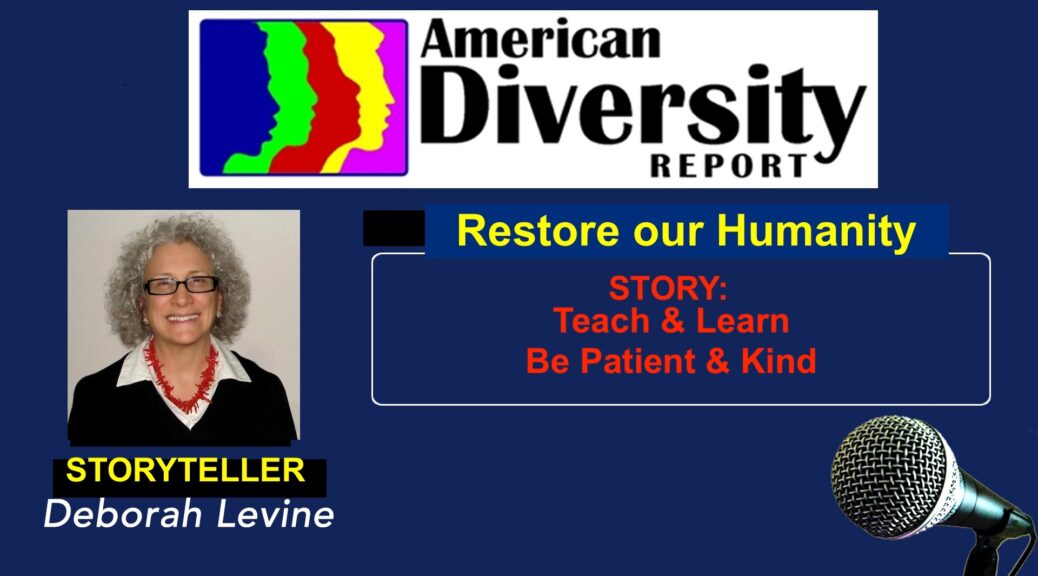originally published in The Chattanooga Times Free Press
I love celebrating July 4 by singing the famous song, “God Bless America – Land that I Love”. Yesterday, I asked a young friend if he knew that song. He immediately started humming the tune and we ended up happily singing it together. Then I asked him if he knew who wrote it. He had no idea, but knew the song because “God Bless America” is sung at baseball games as a patriotic anthem. Irving Berlin, who wrote 1,000 famous songs, claimed that this great song is one of life-long gratitude. Not surprising since his Jewish family emigrated from Siberia/Russia and Berlin began his career singing for pennies as a kid on the streets of Brooklyn, NY.
Immigration these days is a topic of huge contention with plans to deport as many as possible in a short amount of time time as possible. Originally, those plans only applied to criminals, but that was obviously a marketing scam. Now, you can be deported even if you have no criminal record, have a job and pay taxes. And if you were born in America, but your mom wasn’t a U.S.citizen, you don’t have citizenship and can be deported. I wonder if that applied to Donald Trump’s kids with two of his wives who were immigrants without American citizenship when they gave birth. Should we discuss deporting Ivana Trump’s children: Ivanka, Donald Jr., and Eric as well as Melania Trump’s son, Barron? Get real!
Continue reading July 4th: “Land that I Love” – by Deborah Levine →


 ______________
______________


